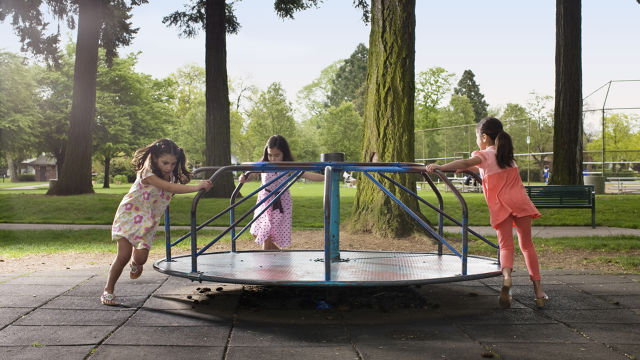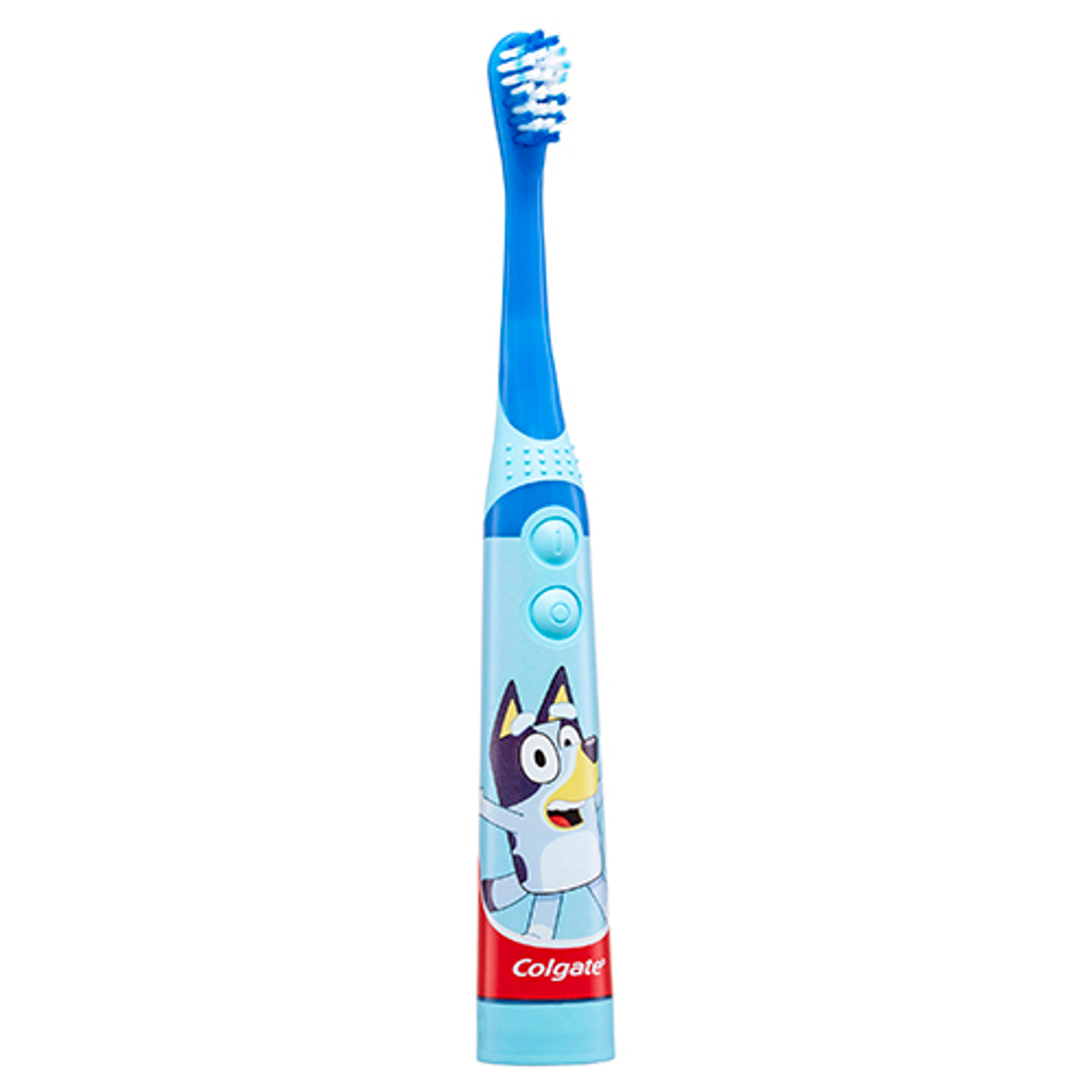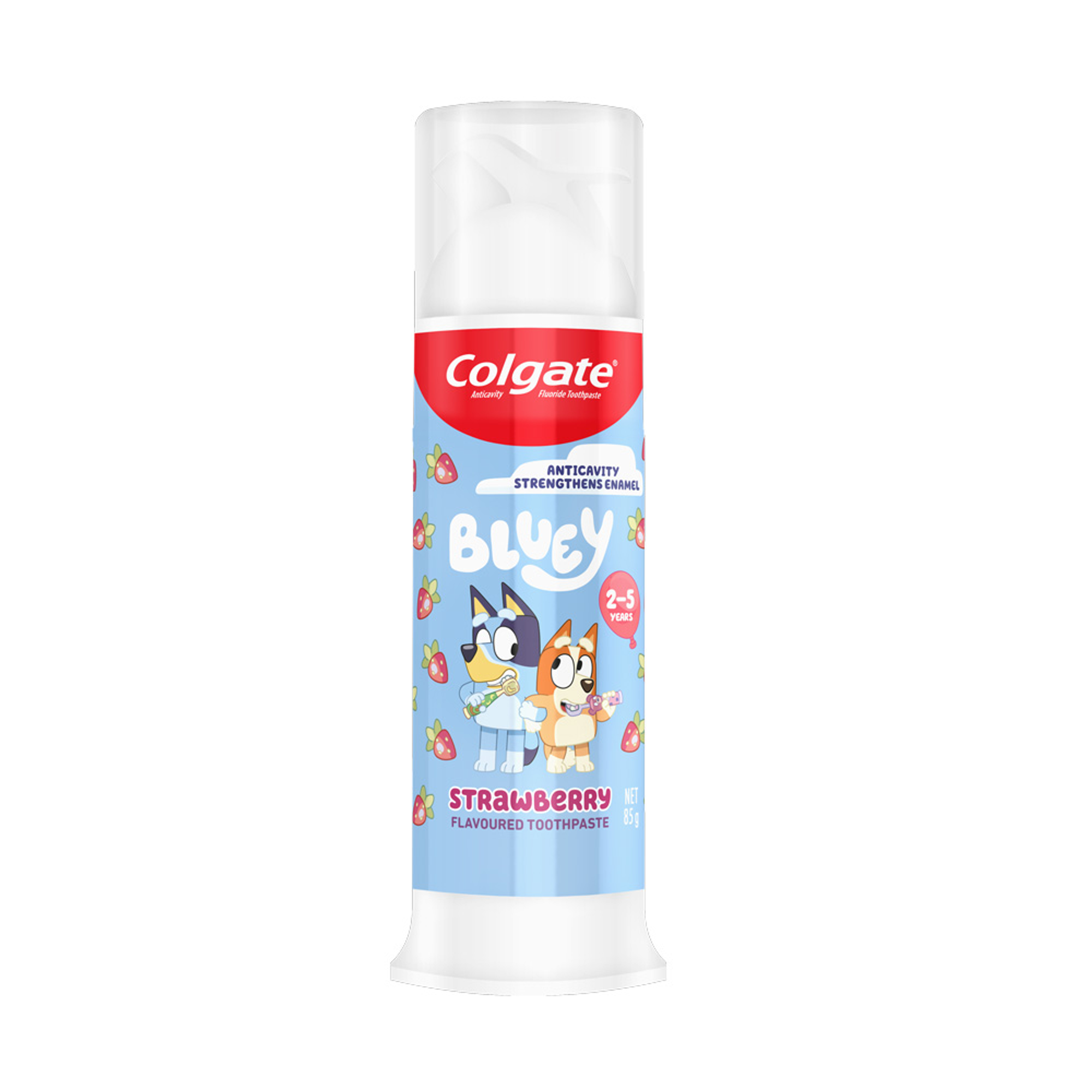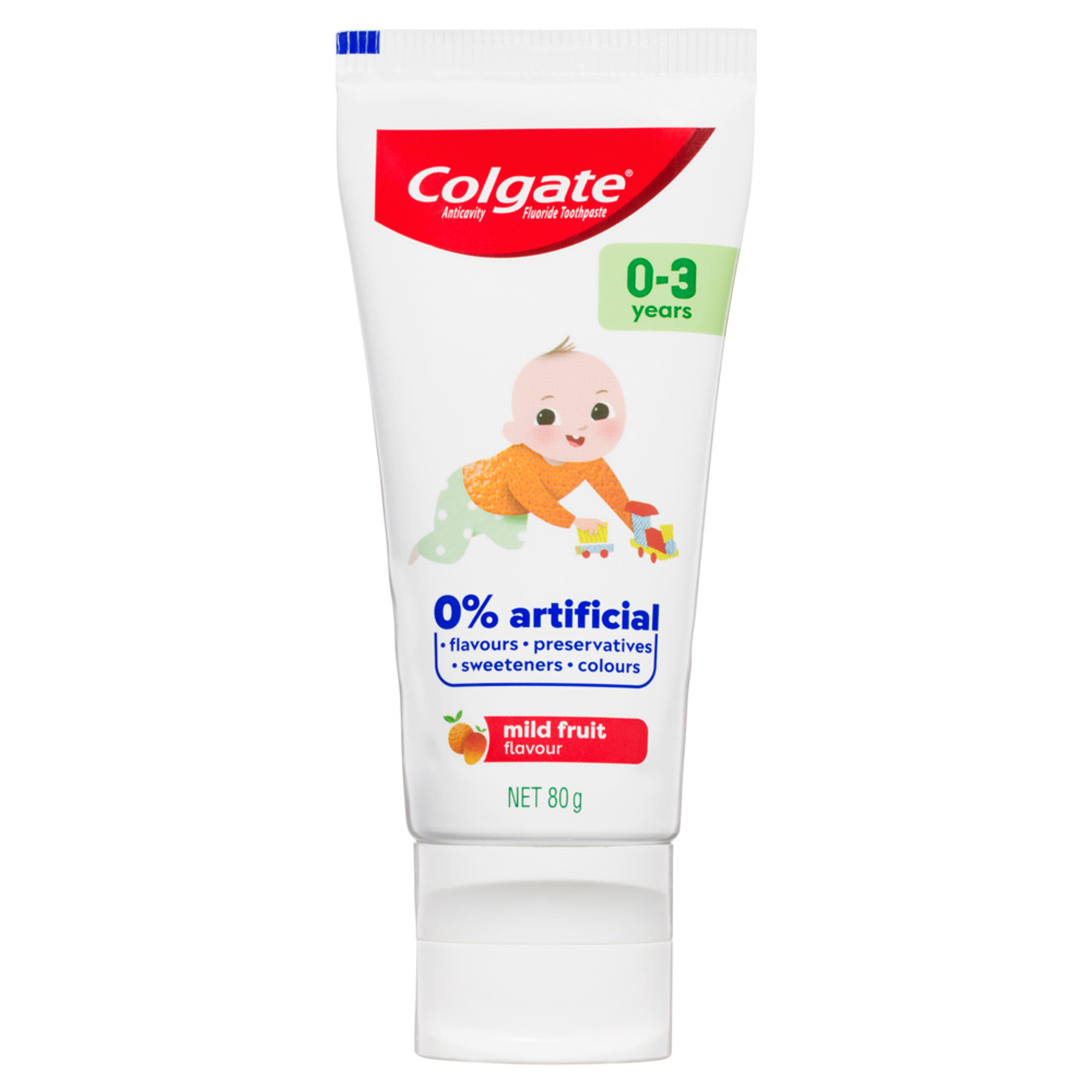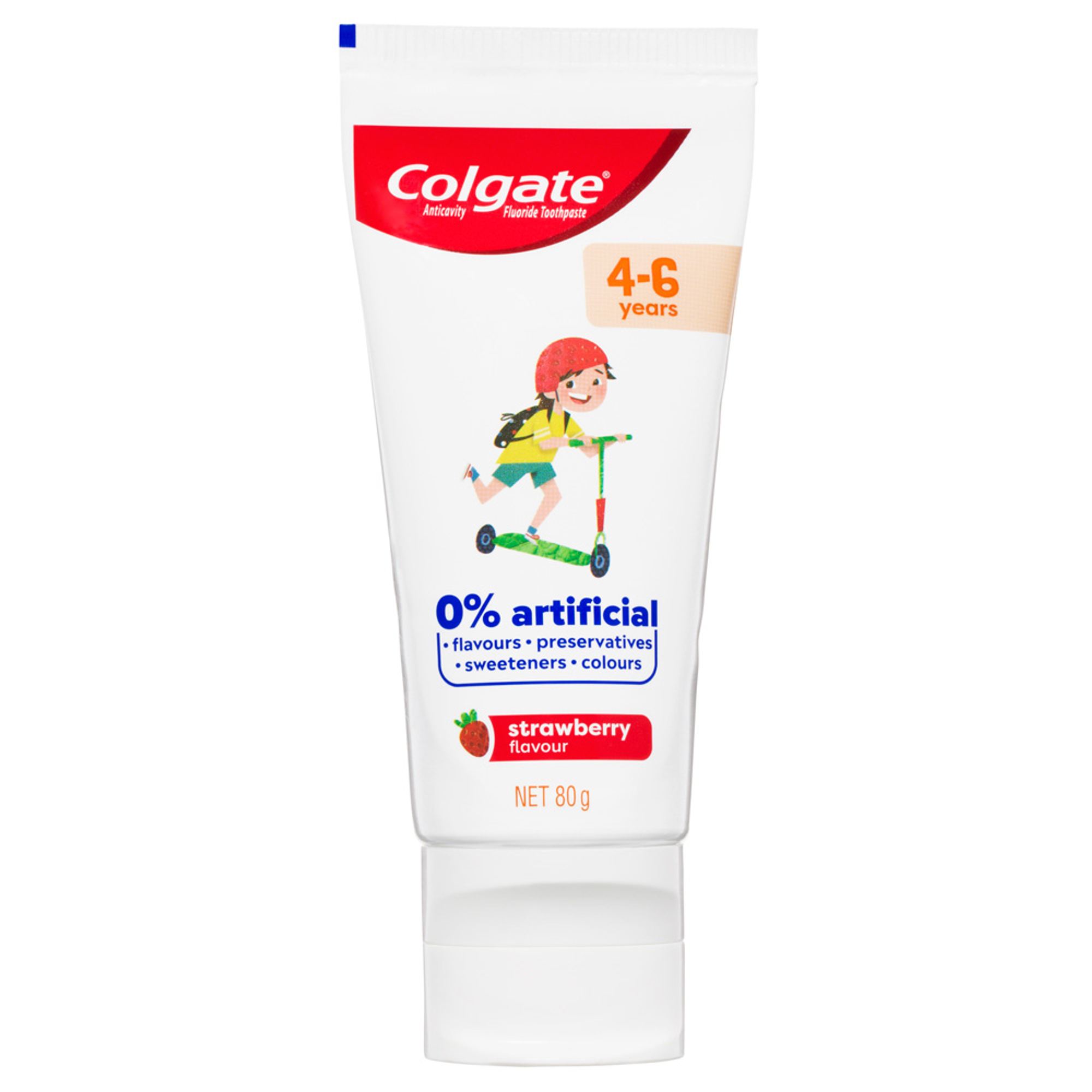-
-

BRUSHING & FLOSSING
How to BrushWhat Is the Right Way to Brush?
Proper brushing takes at least two minutes — that's right, 120 seconds!...

BRUSHING & FLOSSING
How To FlossWhat is the Right Way to Floss?
Proper flossing removes plaque and food particles in places where a toothbrush cannot easily reach... -
Science & Innovation
- Colgate® | Toothpaste, Toothbrushes & Oral Care Resources
- Oral Health
- BabyTeething Rash: How To Help Your Baby


Right around the time your baby starts teething, you might notice them drooling a lot more than usual. This is normal, but for some babies, excessive drooling and dribbling can lead to a teething rash.
A teething rash will usually present itself as redness or dry skin around the mouth, chin, cheeks and, in some cases, the neck. It’s nothing to worry about, but it can make teething an even more uncomfortable experience for your baby – and for you.
Understanding why teething rashes happen and what you can do about them is the first step to helping your little one through this important milestone.
Why Do Babies Get Teething Rash?
According to the Australian Dental Association (ADA), babies' first teeth usually start to appear any time between 4 and 10 months. Their major salivary glands are becoming more active around the same time, leading to drooling or dribbling.
Some babies drool more than others. The excess saliva wets the sensitive skin around their mouth, cheeks, chin and neck, and can even soak their clothes. If the skin stays wet, it can easily become irritated by food, touch, or friction from fabrics. The result is a teething rash.
Does My Baby Have Teething Rash?
A teething rash appears as redness or dry skin around the mouth, cheeks, chin and/or neck. It is accompanied by excess drooling and other signs of teething which, according to Queensland Health, can include:
- Red, swollen gums.
- Irritability.
- Flushed cheeks.
- Restlessness.
- Sucking on the fingers or hands.
The ADA also says to look out for:
- More frequent crying.
- Difficulty sleeping through the night.
- General fussiness.
- Refusing food.
- Chewing or biting on hard objects, e.g. toys.
If your baby isn’t drooling or showing any other signs of teething, or if they have symptoms not mentioned above (e.g. diarrhoea), the rash may be a sign of another problem and you should see your doctor.
It’s a common belief that teething and fevers go hand in hand. However, a fever above 38oC is very unlikely to be related to teething and should be treated as a sign of illness.
If in doubt about the nature of your baby’s rash, the ADA recommends visiting your doctor to rule out other conditions.
Treatment For Teething Rashes
Thankfully, teething rashes don’t last long, but there are ways you can prevent them or help your baby to find relief.
- Keep your baby’s skin as dry as possible. If you notice drool, wipe it away immediately with a soft, clean cloth.
- Keep your baby’s clothes dry with a bib. Change the bib often and change the baby’s clothes if they get wet to prevent irritation.
- Create a protective barrier for your baby’s delicate skin by smoothing a thin layer of petroleum jelly around the lips and chin.
- Use a gentle baby soap during bath time and avoid harsh soaps and detergents.
- Clean your baby’s hands and face as soon as possible after eating to avoid irritation from food.
By keeping the skin clean, dry and free of friction, you should be able to quickly clear up your baby’s teething rash. However, if the rash doesn’t seem to be healing, or if it becomes chapped, weeping or broken, see your doctor. They will be able to help your baby's skin get better.
Teething is already tough enough, for baby and for you. By keeping your baby’s skin clean and dry , you can prevent teething rash from adding to your worries.
This article is intended to promote understanding of and knowledge about general oral health topics. It is not intended to be a substitute for professional advice, diagnosis or treatment. Always seek the advice of your dentist or other qualified healthcare provider with any questions you may have regarding a medical condition or treatment.
Related Products

Helping dental professionals
More professionals across the world trust Colgate. Find resources, products, and information to give your patients a healthier future






